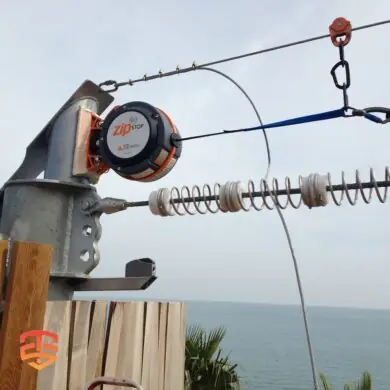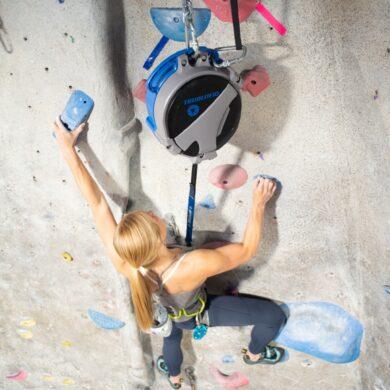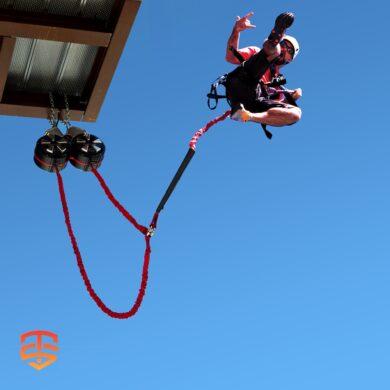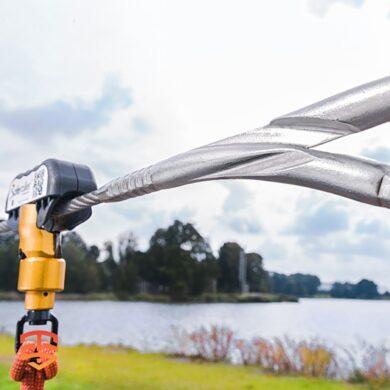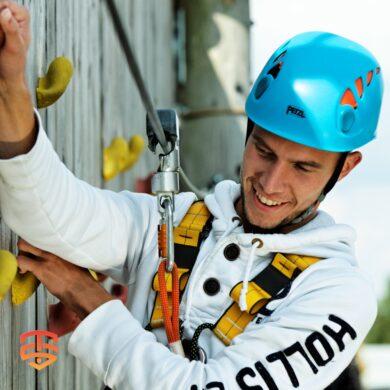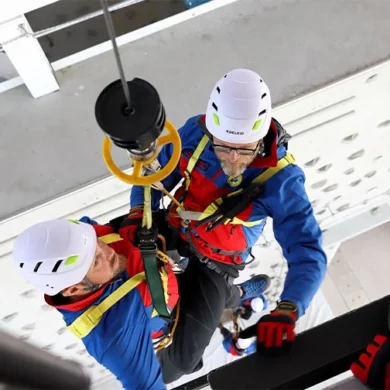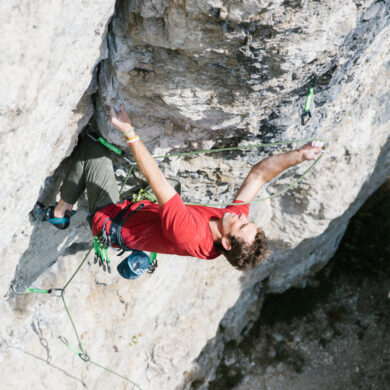Zipline Brake
Professional zipline braking systems are crucial for ensuring safe and controlled descent for riders on commercial zip lines. Here’s a breakdown of the key aspects and considerations:
Function:
- Professional zipline braking systems allow riders to decelerate and come to a complete stop at the end of the zip line course.
- They are designed to be reliable and function smoothly even with frequent use and variations in rider weight and speed.
Types of Braking Systems:
Automatic Braking Systems: These systems engage automatically upon reaching the designated stopping zone. They may utilize:
- Friction brakes: Employ pads or wedges that create friction against the zip line cable to slow the trolley.
- Magnetic brakes: Utilize magnets to generate eddy currents that slow the trolley down.
Manual Braking Systems: Controlled by a zip line operator who monitors the rider’s descent and manually activates the braking mechanism to ensure a smooth and controlled stop. This system may use similar friction or magnetic functionalities but with manual control.
Considerations for Professional Zipline Braking:
- Safety and Reliability: The braking system should be certified to meet safety standards and function reliably under various conditions.
- Braking Force: The system should be able to handle the weight capacity of riders and provide smooth deceleration without causing discomfort.
- Ease of Use and Maintenance: For manual systems, controls should be clear and easy for operators to use. Both automatic and manual systems should require minimal maintenance.
Showing all 9 results
-
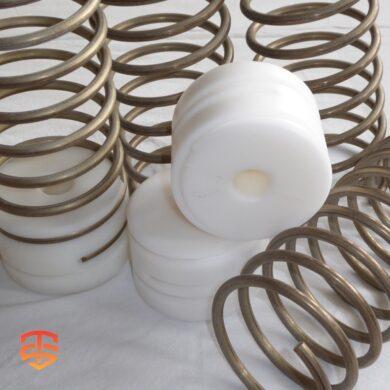
Spring Brake System | Primary & EAD zipline brake
€ 80,00 Ex VAT -
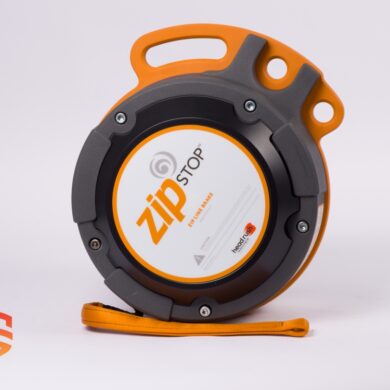
zipSTOP Zipline Brake | 0 – 36 kph
€ 5.249,00 – € 5.499,00 Ex VAT Select options This product has multiple variants. The options may be chosen on the product page -
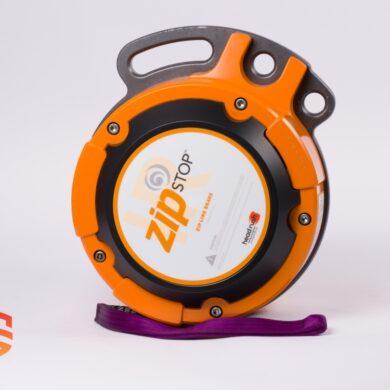
zipSTOP IR Zipline Brake | 24 – 60 kph
€ 5.649,00 – € 5.799,00 Ex VAT Select options This product has multiple variants. The options may be chosen on the product page -
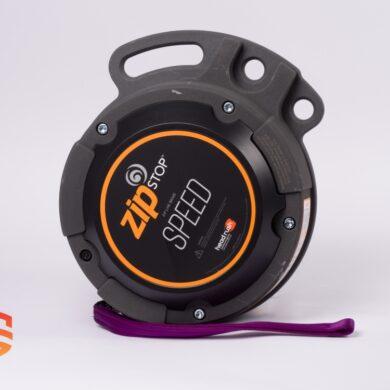
zipSTOP SPEED Zipline Brake | 50 – 72 kph
€ 6.099,00 – € 6.349,00 Ex VAT Select options This product has multiple variants. The options may be chosen on the product page -
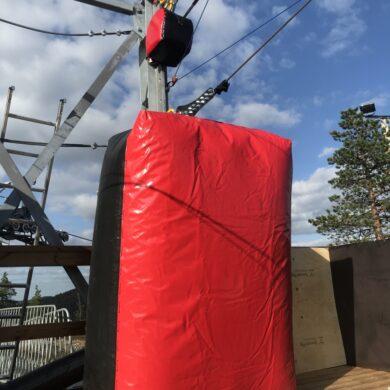
Zipline Airbag | EAD (Emergency Arrest Device)
€ 2.500,00 Ex VAT -
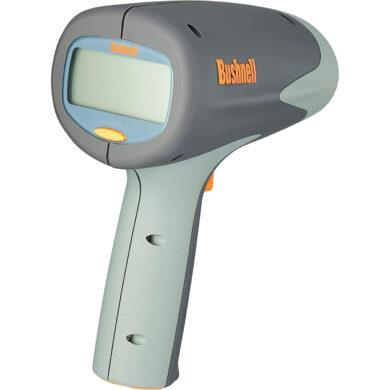
Bushnell Velocity Speed Gun
€ 229,00 Ex VAT -
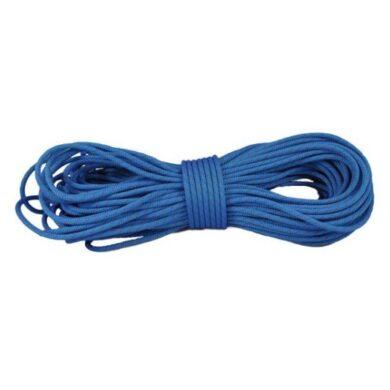
Gorilla Rope | High Strength Dyneema Rope for Zip Lines
€ 607,00 – € 1.068,00 Ex VAT Select options This product has multiple variants. The options may be chosen on the product page -
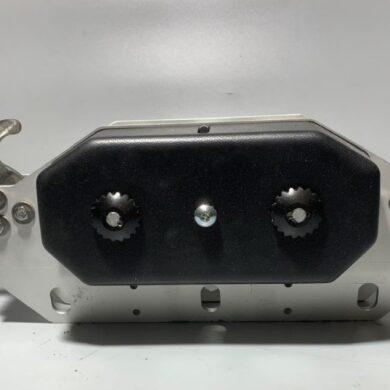
Self-braking Magnetic Zipline Trolley
€ 1.320,00 Ex VAT -
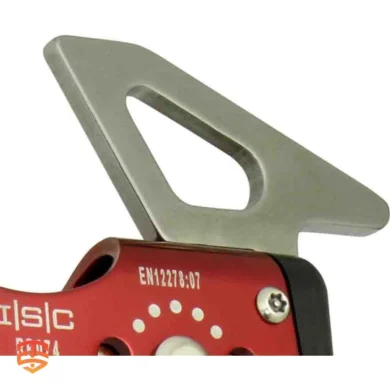
Grab Catch for Zippey Clip’n’Zip Trolley
€ 44,00 Ex VAT
Showing all 9 results
Categories
We Recommend
-
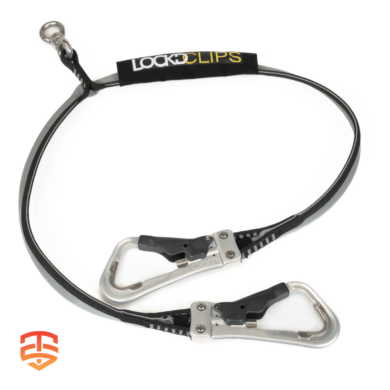
LockD Clips Swivel | Continuous Self-Belay
€ 389,00 Ex VAT -

Spring Brake System | Primary & EAD zipline brake
€ 80,00 Ex VAT -
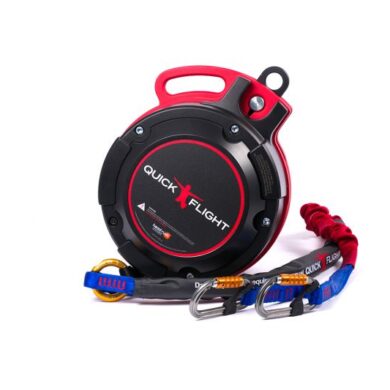
QuickFlight Free Fall Device | 6 – 15,3 meter
€ 4.249,00 – € 4.549,00 Ex VAT Select options This product has multiple variants. The options may be chosen on the product page -
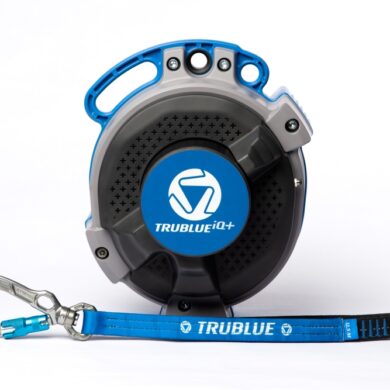
TRUBLUE iQ Auto Belay | 4,5 – 20 meter
€ 2.799,00 – € 3.159,00 Ex VAT Select options This product has multiple variants. The options may be chosen on the product page
Best Sellers
-
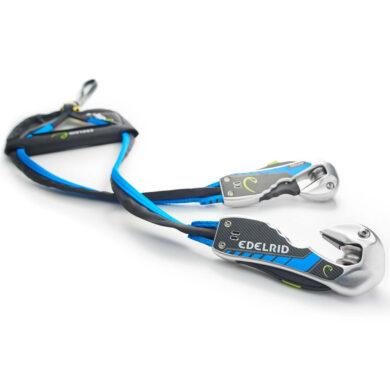
Edelrid Smart Belay X | Magnetic Locking Mechanism
€ 544,00 – € 623,00 Ex VAT Select options This product has multiple variants. The options may be chosen on the product page -

Spring Brake System | Primary & EAD zipline brake
€ 80,00 Ex VAT -
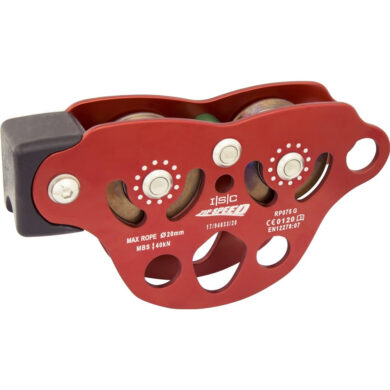
ISC Zipspeed-S Trolley
€ 183,00 – € 271,00 Ex VAT Select options This product has multiple variants. The options may be chosen on the product page -
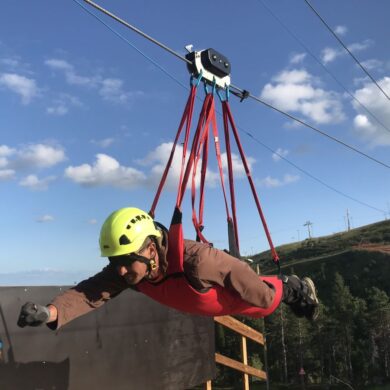
Superman Zipline Harness
€ 405,00 – € 570,00 Ex VAT Select options This product has multiple variants. The options may be chosen on the product page

